Dave Walker, our Local Studies Librarian is the author of our extremely popular blog, The Library Time Machine. This showcases some of the amazing photos we have in our archive. As a companion piece to his blog post this week he writes here on the history of the crinoline. Over to Dave….
In my post on the Library Time Machine this week I have written about the first production of Arthur Pinero’s play Trelawny of the Wells. First performed in 1898 the play is set in the 1860s and for the author, producers and presumably the audience some of the comedy derived from the costumes and décor of a bygone age, specifically the actresses wearing crinoline dresses which to modern theatre goers of the late 1890s would have been inherently ridiculous rather in the way than modern taste regards previous fashion disasters such as the puffball skirt of the 1980s or even the flared trousers of the 1970s which we all wore quite happily for years and which vanished almost overnight in the punk era.
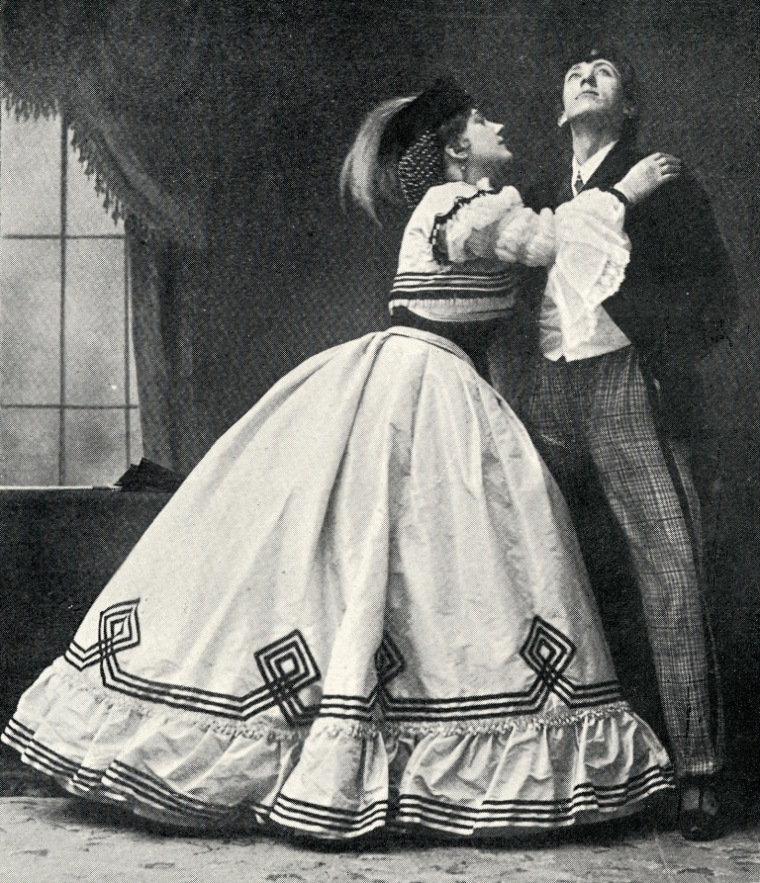
But the crinoline actually lasted for about ten years from roughly 1855 to 1865 so it must have had some advantages.
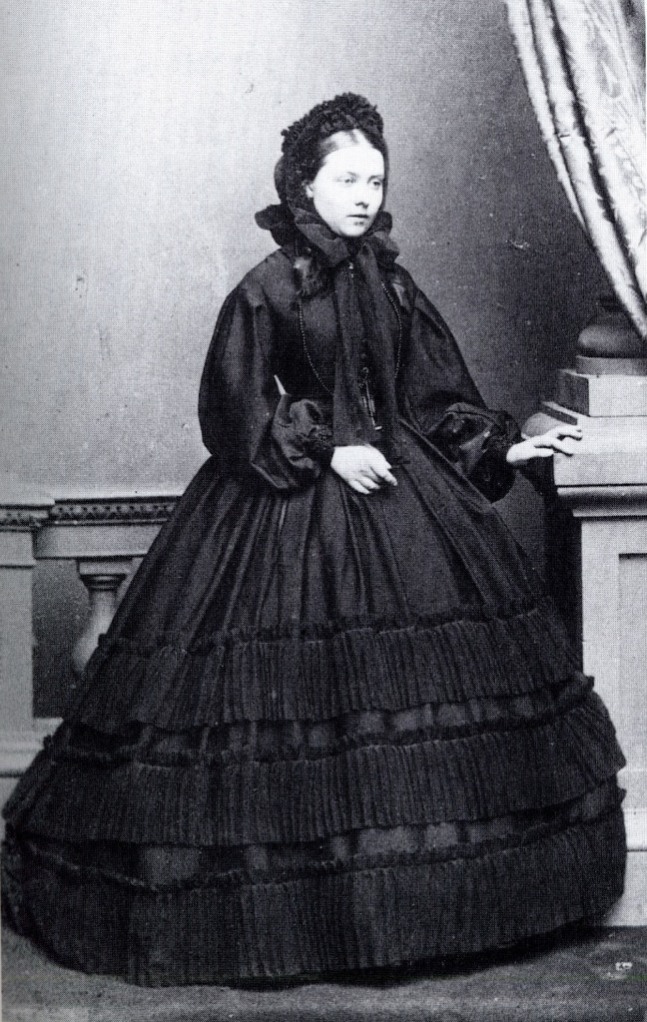
In the 1840s and early 1850s dresses and skirts became wider and needed to be supported by a large number of petticoats. The first crinolines were starched petticoats to which hoops of whalebone and cane were added for better support. The idea was to free women from having to wear so many layers of underwear. Developments in steel technology produced lightweight flexible wires which could be put together into a dome shape – the cage crinoline which at a stroke eliminated the need for heavy petticoats and freed the legs from those entangling undergarments. So the crinoline was actually a step forward in women’s fashion both in terms of mobility and affordability. It was one of the first fashion trends which travelled outwards from the middle classes and encompassed both upper class and working class women.
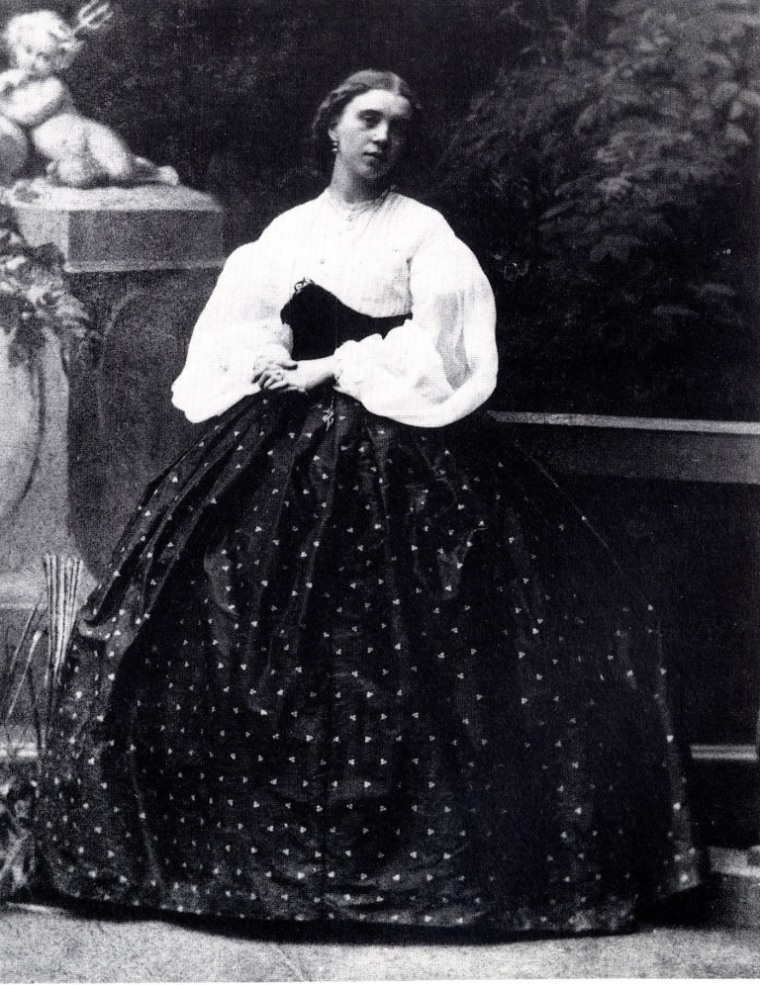
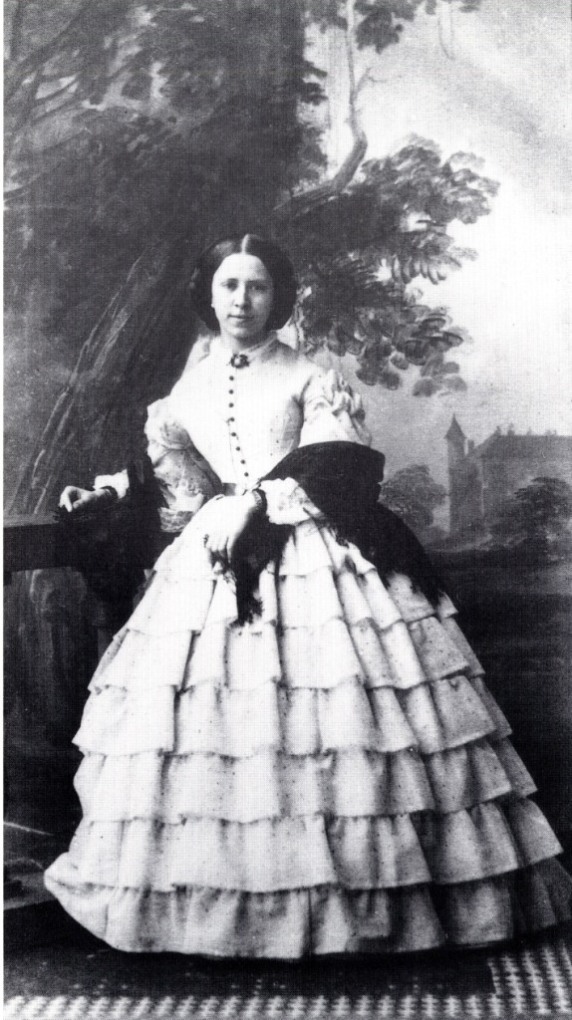
Of course crinolines were a little silly. The wearer had to navigate city streets in wide skirts, sometimes very wide if you look at Mrs Fitzgerald (above) and had to be skilled in sitting down without causing the whole apparatus to billow up and reveal what was underneath. Women took to wearing ankle length pantalettes or drawers in case of accidents which gave rise to later more decorative forms of underwear. The crinoline was a gift to humorists. Punch magazine satirised it unmercifully for many years, even creating urban legends in the process such as the notion that women boarding buses would remove their crinolines and that the bus conductor would hang them on the side of the bus as in this photograph.
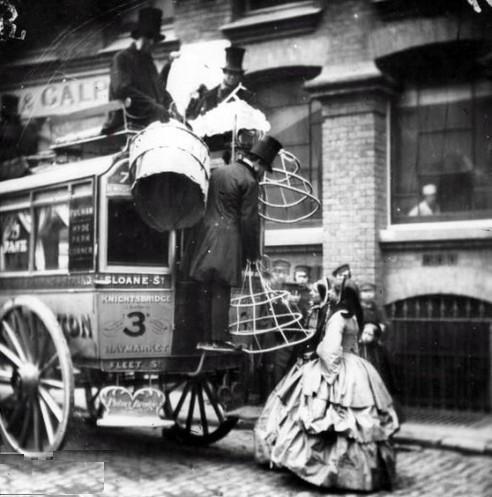
Can we really believe this? Can you imagine having to remove a crinoline in the street without showing your underwear and then put it back at the end of the journey? The picture was probably staged. Along with the satire there were also scares over crinoline dresses which were accidentally set alight, or women in factories dragged into machinery. So despite the advantages of the crinoline perhaps everyone eventually got tired of the whole business. By about 1865 women were ready for a change. Crinolines changed their shape, became flatter at the front and sides and got pushed to the back in the form of the bustle. Here is Princess Victoria in 1876.
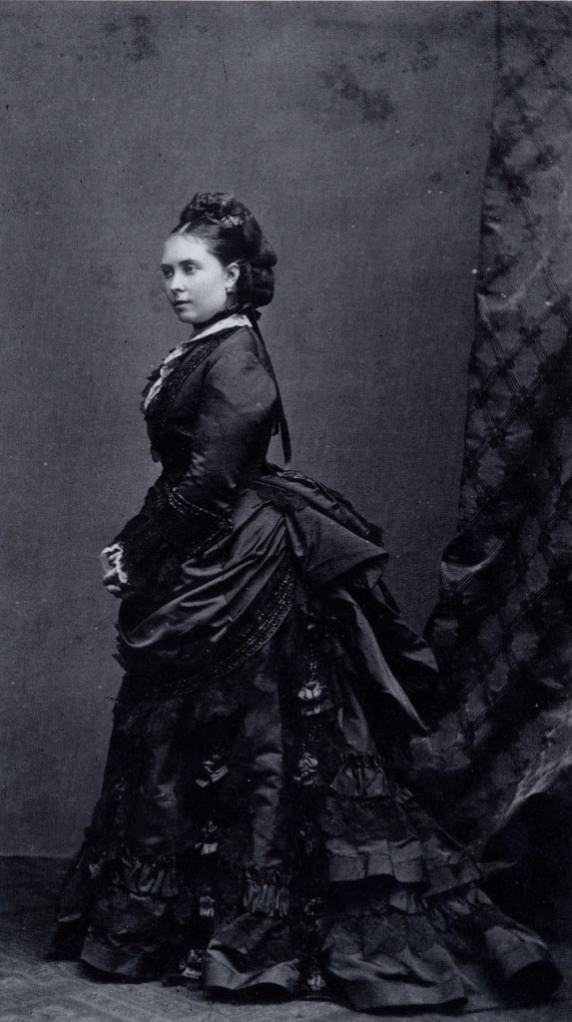
Ironically this elegant looking dress would have been tighter and more restrictive as far as walking was concerned. So perhaps the enlightened audiences of 1898 shouldn’t have laughed too hard at what their grandmothers used to wear.

Dave Walker Local Studies Librarian
Pictures of Princess Victoria, Mrs Fitzgerald and Miss Geralupo from ‘Fashion in Photographs 1860-1880’ by Miles Lambert 1991. Just one of the many books on the history of fashion in the Costume Collection at Chelsea Library.

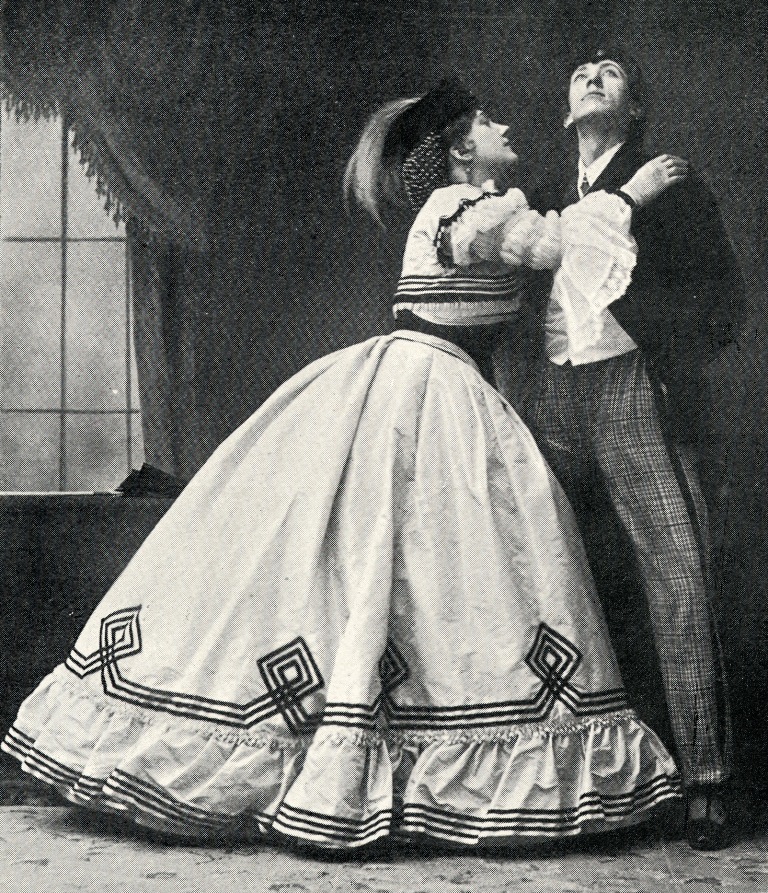

2 thoughts on “A Brief History of the Crinoline”